Hi there, pet lovers! 🐾
Sugar gliders (Petaurus breviceps) are some of the most enchanting small pets—tiny, wide-eyed marsupials with a playful nature and an uncanny ability to glide through the air. But are they the right pet for you?
These social, nocturnal creatures have surged in popularity due to their adorable appearance and interactive personalities. However, they come with unique challenges—specialized diets, complex social needs, and significant time commitments. In this detailed review, we’ll explore everything you need to know about sugar gliders, from their behavior and care requirements to costs and long-term commitments.
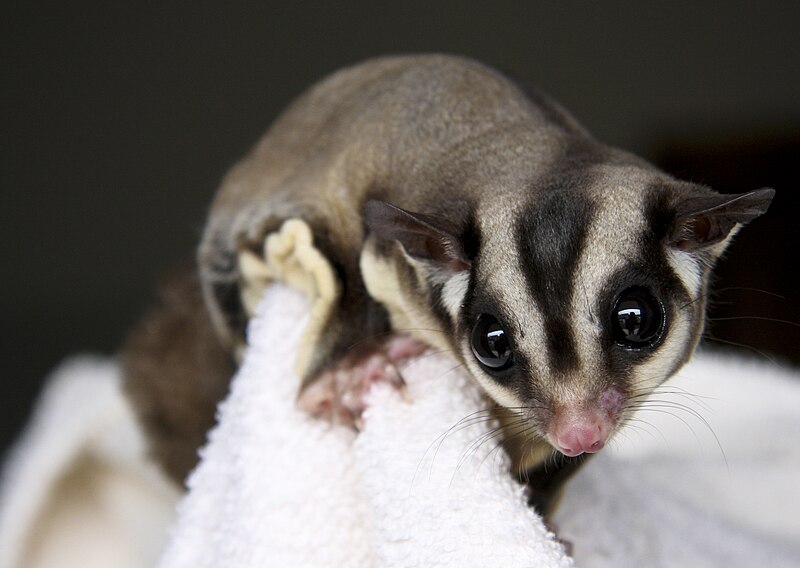
Overview
Sugar gliders are small, nocturnal marsupials native to Australia, Indonesia, and New Guinea. Known for their gliding ability, soft fur, and highly social nature, they require dedicated care and companionship. Here’s a quick summary:
- Handling & Temperament: Can bond deeply but are prone to stress; may nip or vocalize if scared.
- Care & Maintenance: High-maintenance—needs a large vertical cage, specialized diet, and daily interaction.
- Health & Durability: Sensitive to diet imbalances, temperature changes, and stress-related illnesses.
- Availability: Legal in many places but ethically best obtained from reputable breeders or rescues.
- Cost: Moderate to high initial and ongoing expenses (enclosure, diet, vet care).
- Overall: A rewarding but demanding pet best suited for experienced, patient owners.
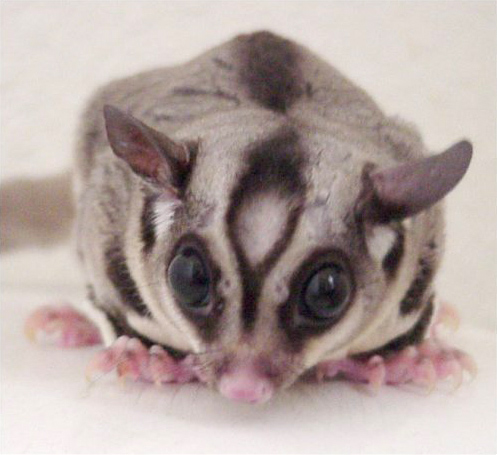
Why Choose a Sugar Glider?
Sugar gliders are not beginner pets. They thrive in environments where owners understand their social, dietary, and environmental needs. Their long lifespan (12-15 years) means they’re a long-term commitment.
What Makes Them Unique?
- Gliding Ability: Their patagium (skin membrane) lets them glide up to 50 feet in the wild.
- Social Bonds: They form deep attachments to their colony (and humans, if properly socialized).
- Nocturnal Lifestyle: Most active at night, which may not suit early risers.
However, their high energy, vocalizations (crabbing, barking), and need for companionship make them unsuitable for casual pet owners.
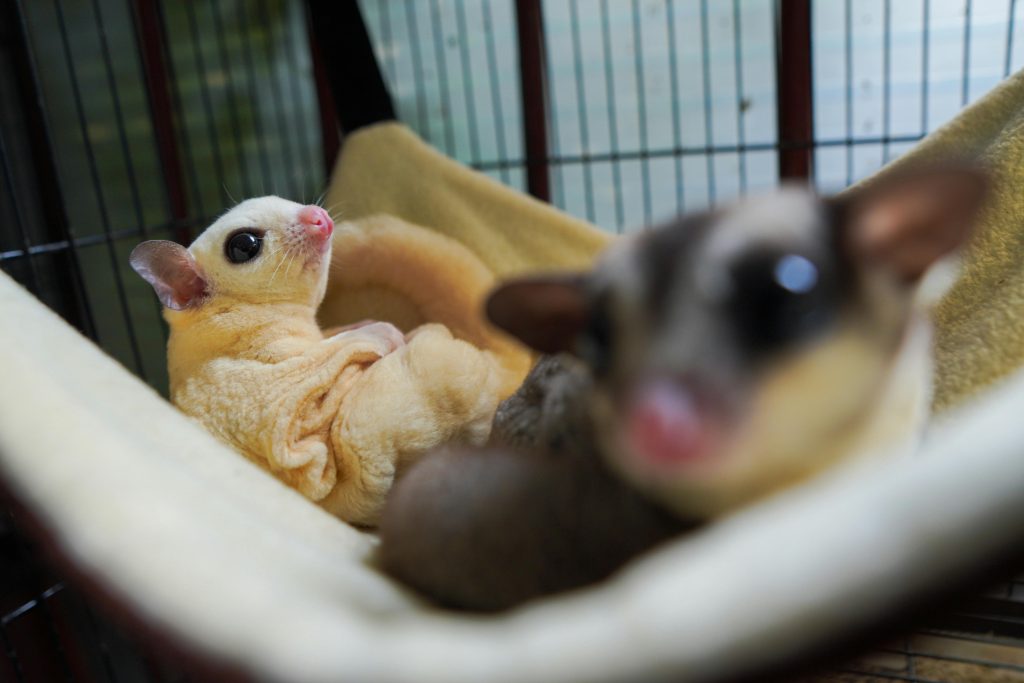
Handling and Temperament
Sugar gliders can be affectionate but are not naturally cuddly. Their trust must be earned through consistent, gentle interaction.
Personality Traits
- Social but Skittish: They bond tightly with colony members (including humans) but may fear strangers.
- Vocal: They communicate with barks, chirps, and crabbing (a defensive sound).
- Playful & Curious: Love climbing, exploring, and interactive toys.
Handling Tips
✔ Start Slow: Let them sniff and explore your hand before picking them up.
✔ Bonding Pouch: Wear a fleece pouch to get them accustomed to your scent.
✔ Avoid Sudden Movements: They startle easily and may bite or glide away.
Do They Bite?
Yes—but usually as a warning, not aggression. Bites are rarely severe but can draw blood.
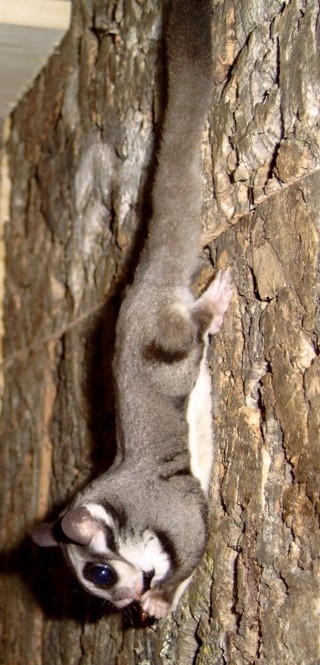
Care and Maintenance
Sugar gliders require specialized care, making them high-maintenance pets.
Enclosure Setup
- Size: Minimum 24” x 24” x 36” (taller is better for climbing).
- Vertical Space: Branches, ropes, and ledges for climbing and gliding.
- Safe Materials: Avoid wire flooring (can injure feet) and toxic woods.
- Hideouts: Nesting pouches or boxes for security.
Diet & Nutrition
A balanced diet is critical to prevent metabolic bone disease and obesity.
- Staple Diet: Commercial glider pellet mix (HPW, BML, or TPG).
- Fresh Foods: Fruits (apples, berries), veggies (sweet potato, peas), and insects (mealworms, crickets).
- Avoid: High-fat nuts, citrus, onions, chocolate, and dairy.
Temperature & Humidity
- Ideal Temp: 75-80°F (avoid drafts or extreme heat).
- Humidity: 40-60% (too dry = dehydration; too humid = respiratory issues).
Cleaning & Maintenance
- Spot-clean daily (remove waste, spoiled food).
- Full clean weekly (replace bedding, disinfect surfaces).
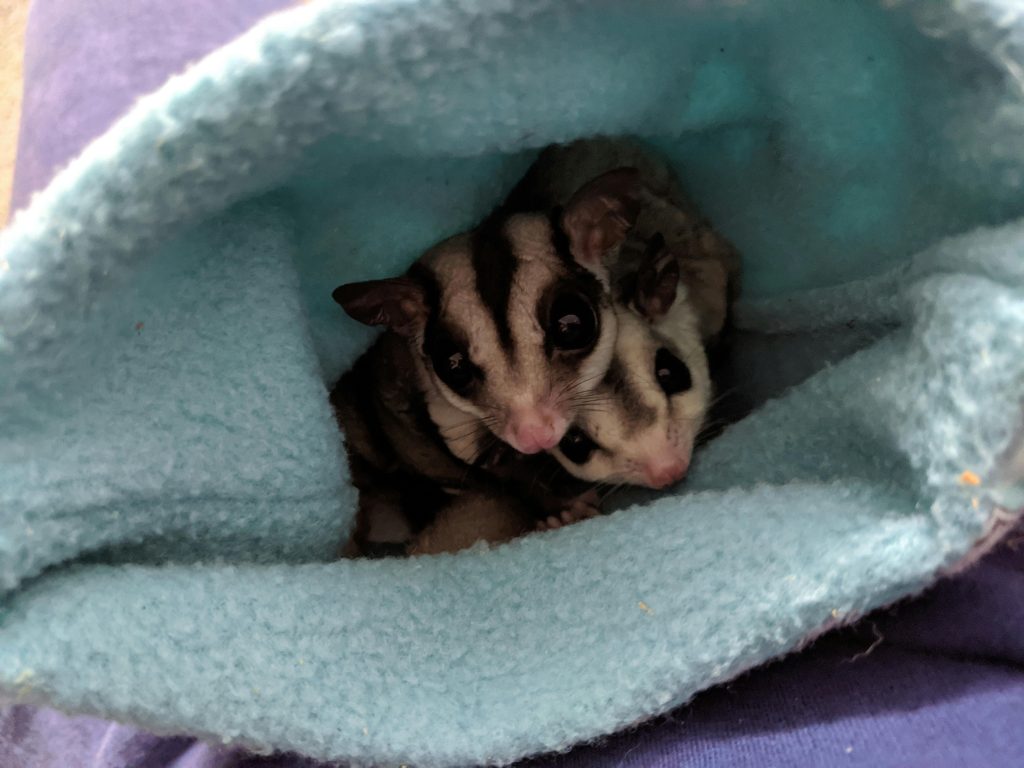
Health and Durability
Sugar gliders are prone to health issues if their care is neglected.
Common Health Problems
- Calcium Deficiency: Leads to hind leg paralysis (HLP).
- Obesity: From improper diet or lack of exercise.
- Stress-Related Illnesses: Self-mutilation, over-grooming.
Preventative Care
✔ Annual vet checkups (exotic vet required).
✔ Weight monitoring (sudden loss = illness).
✔ Proper diet & enrichment to prevent boredom.
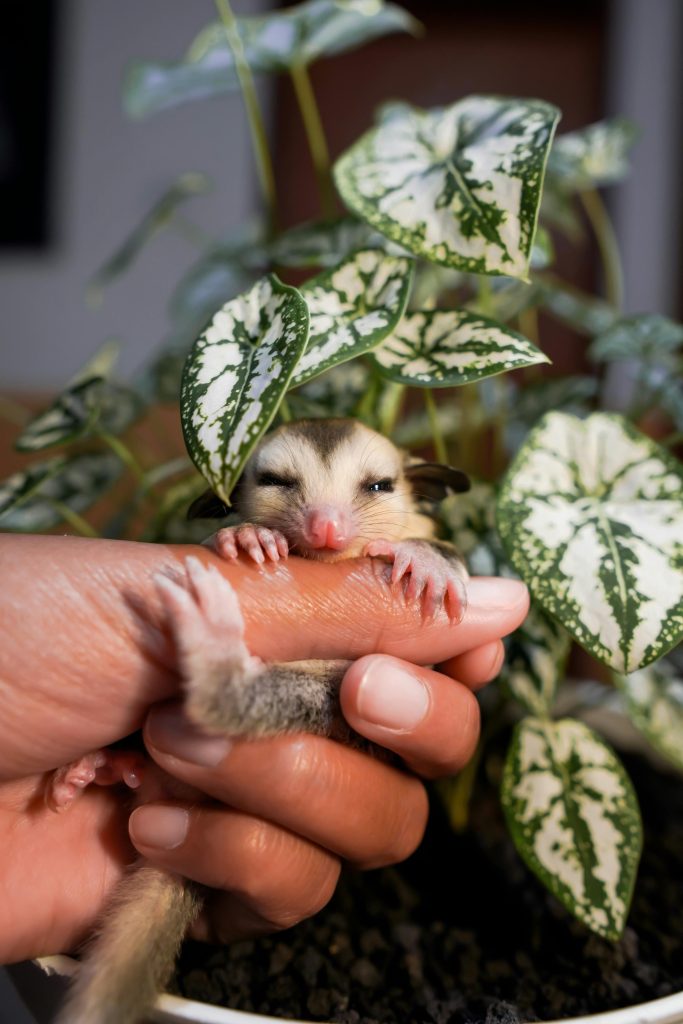
Availability and Cost
Where to Buy?
- Reputable Breeders: Best for healthy, well-socialized gliders.
- Rescues: Ethical option but may come with behavioral challenges.
- Avoid Pet Stores: Often source from mills with poor genetics.
Estimated Costs
- Initial Setup: $300-$600 (cage, accessories, pouches).
- Monthly Costs: $50-$100 (food, supplements, vet fund).
- Vet Bills: $200+ per visit (exotic vets are pricey).
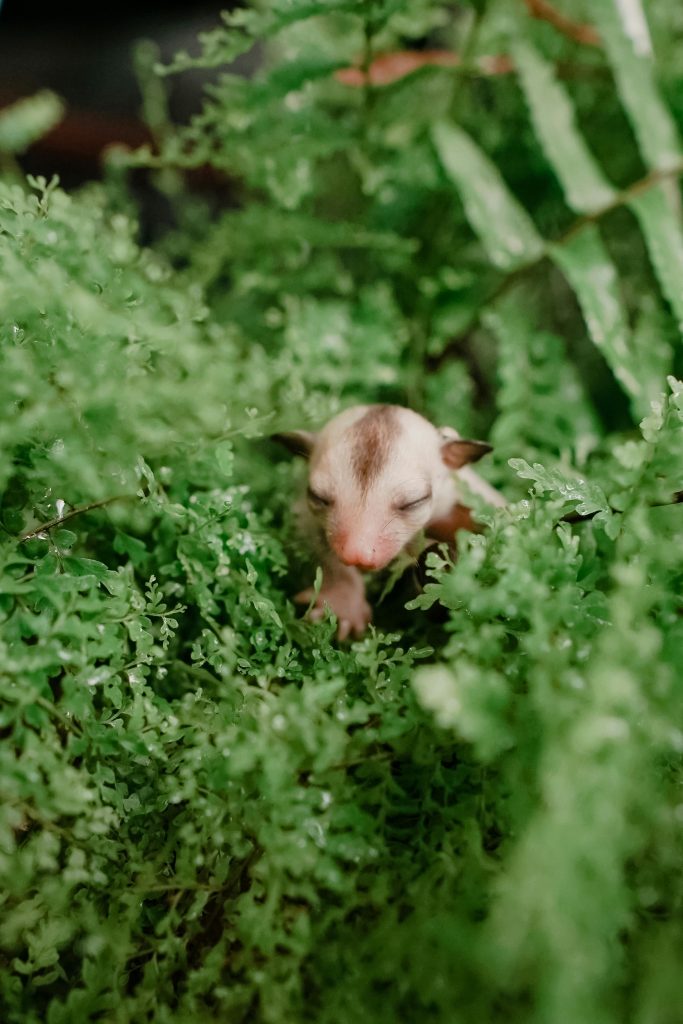
Pros and Cons
Pros
✅ Highly social and bond deeply.
✅ Entertaining and interactive.
✅ Unique gliding ability.
Cons
❌ Nocturnal (disruptive at night).
❌ Require a specialized diet.
❌ Need a same-species companion.
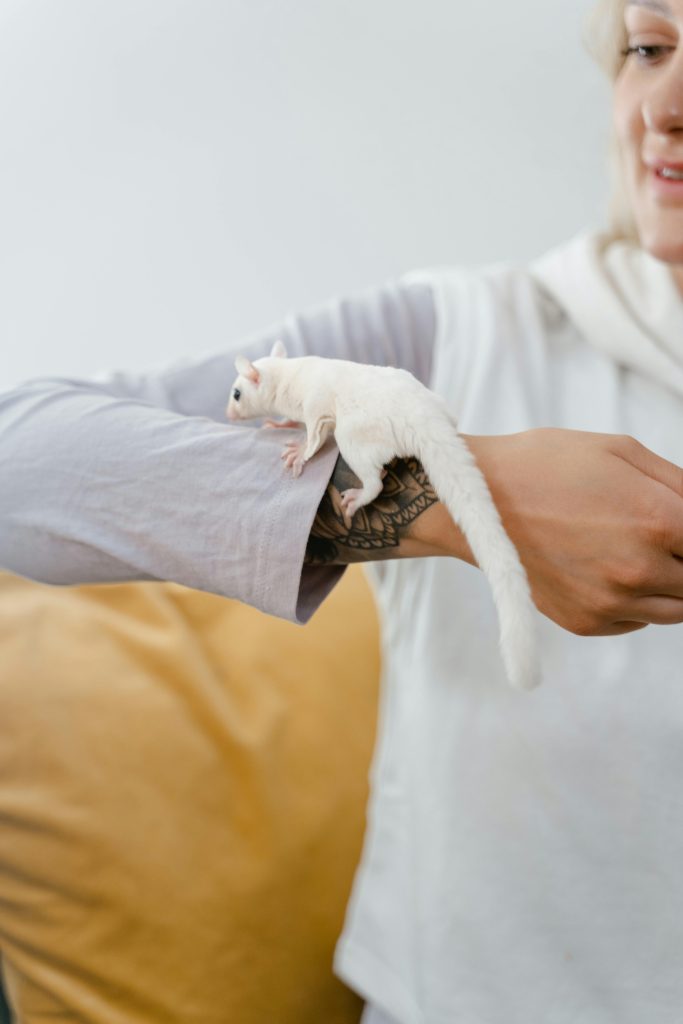
Final Thoughts
Sugar gliders are fascinating pets but not for everyone. They demand time, patience, and financial commitment. If you’re ready for a 15-year responsibility and can provide proper care, they can be incredibly rewarding.
Before getting one:
- Research extensively.
- Find an exotic vet.
- Ensure you can house at least two.
For more small pet guides, subscribe and stay tuned! 🐾

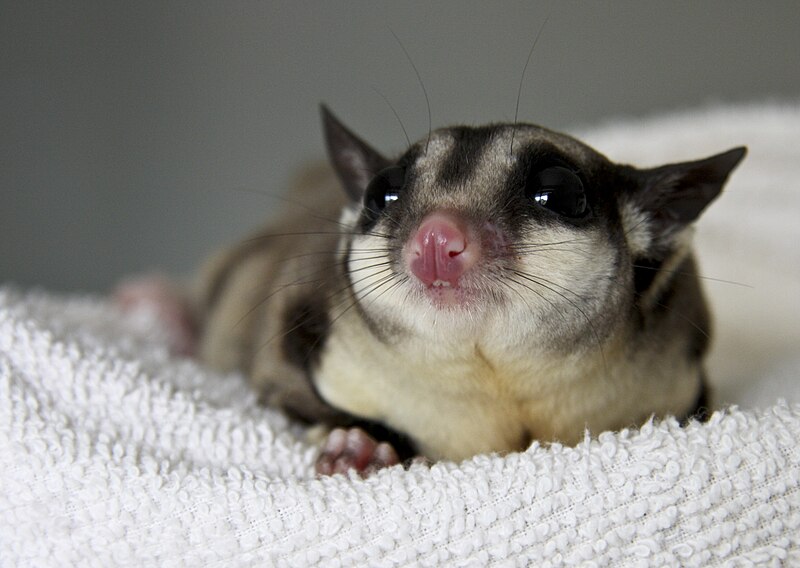

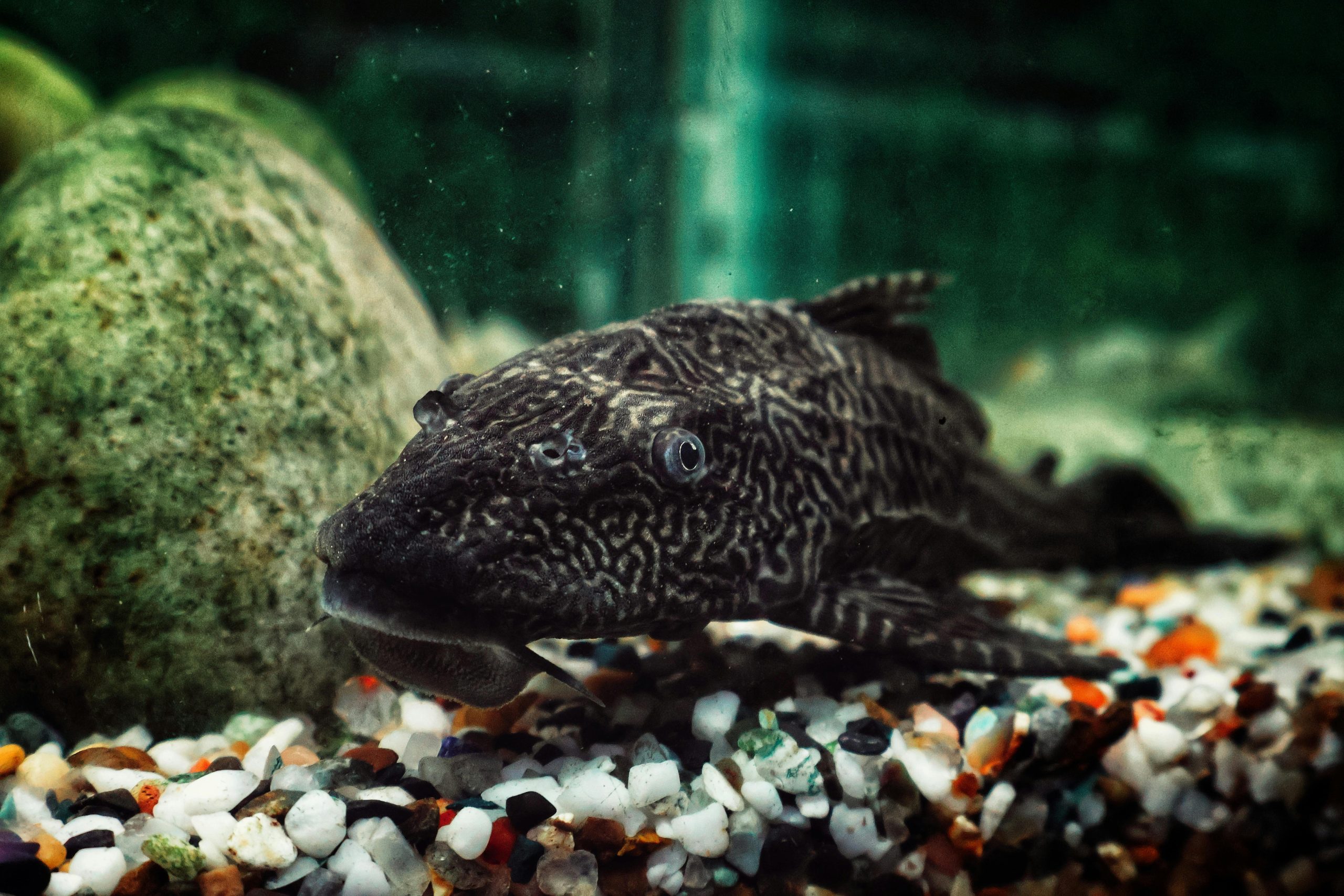
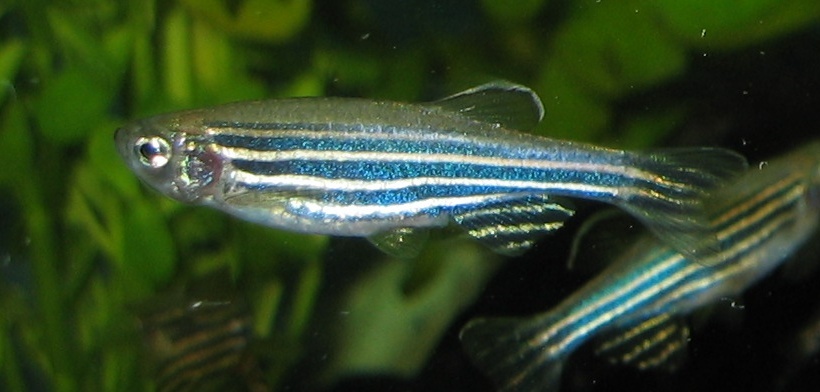
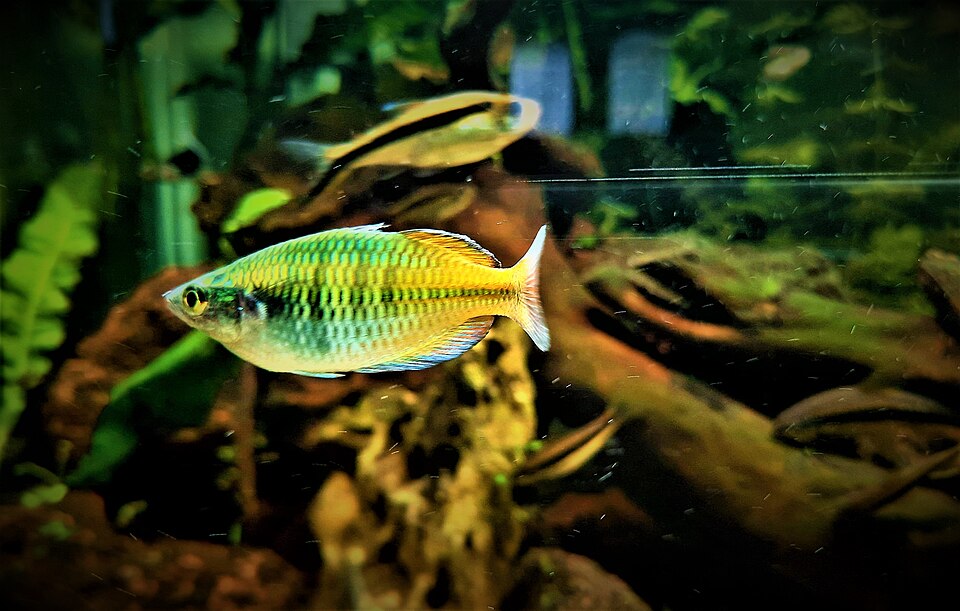
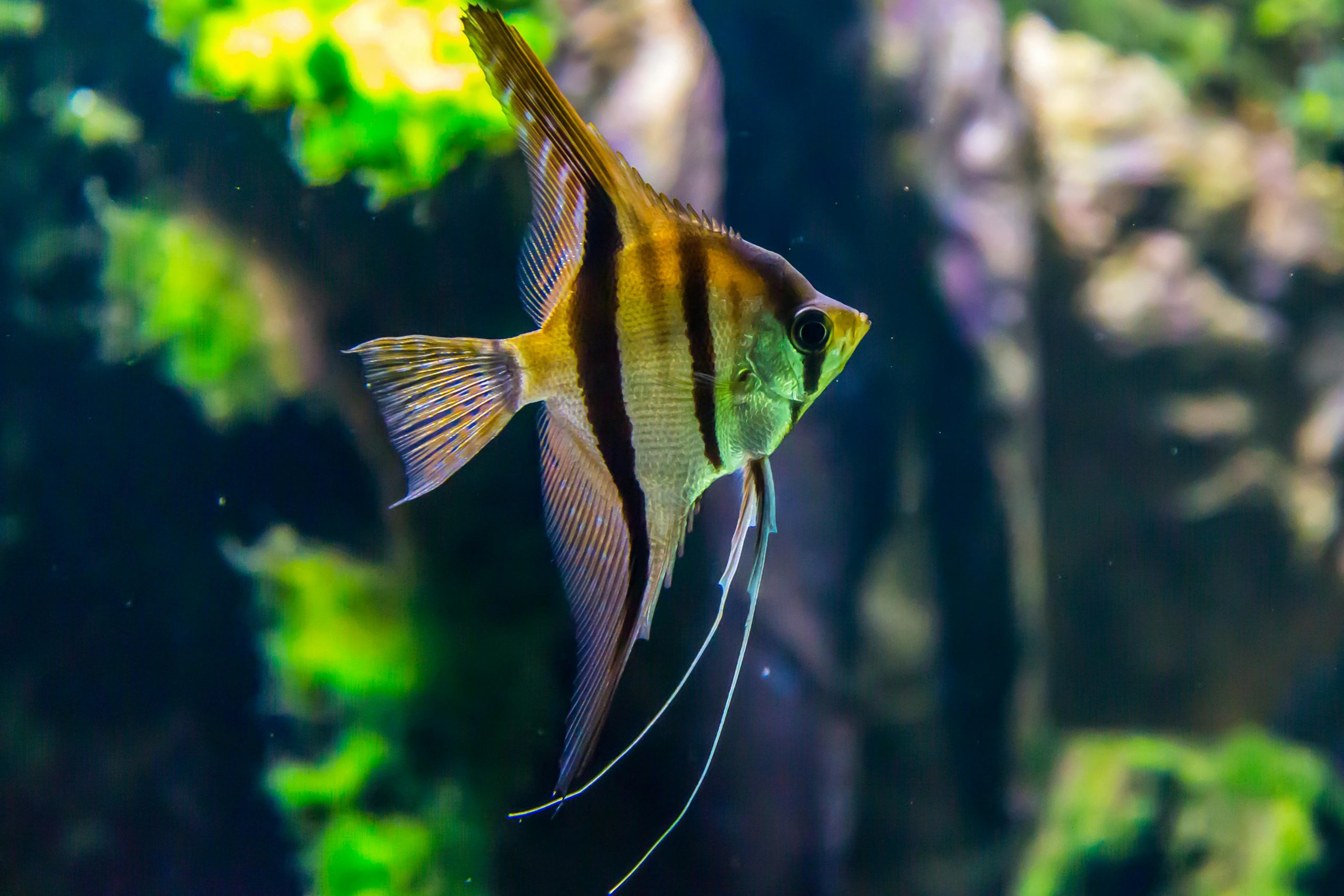
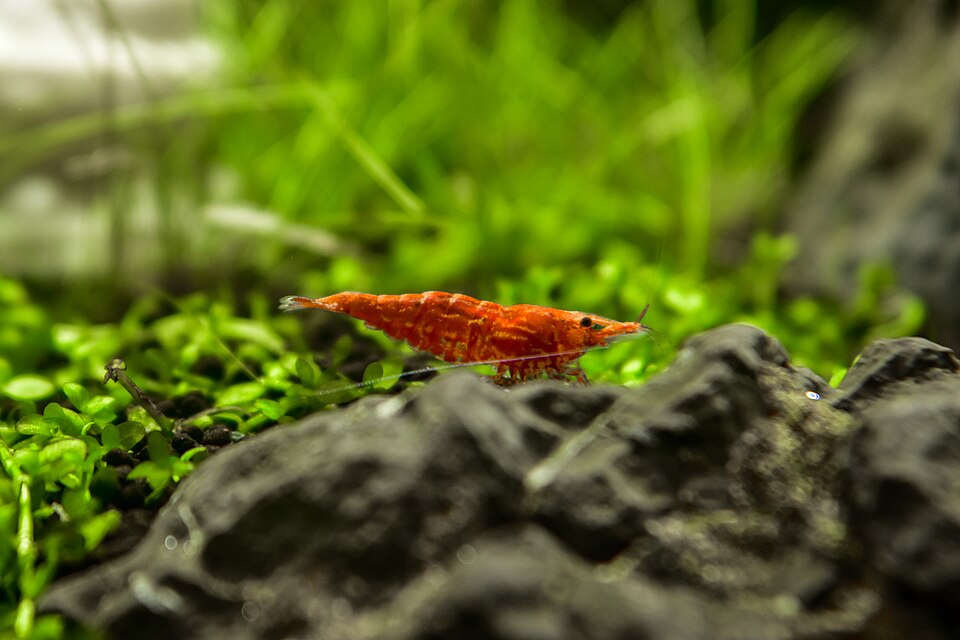
Leave a Reply